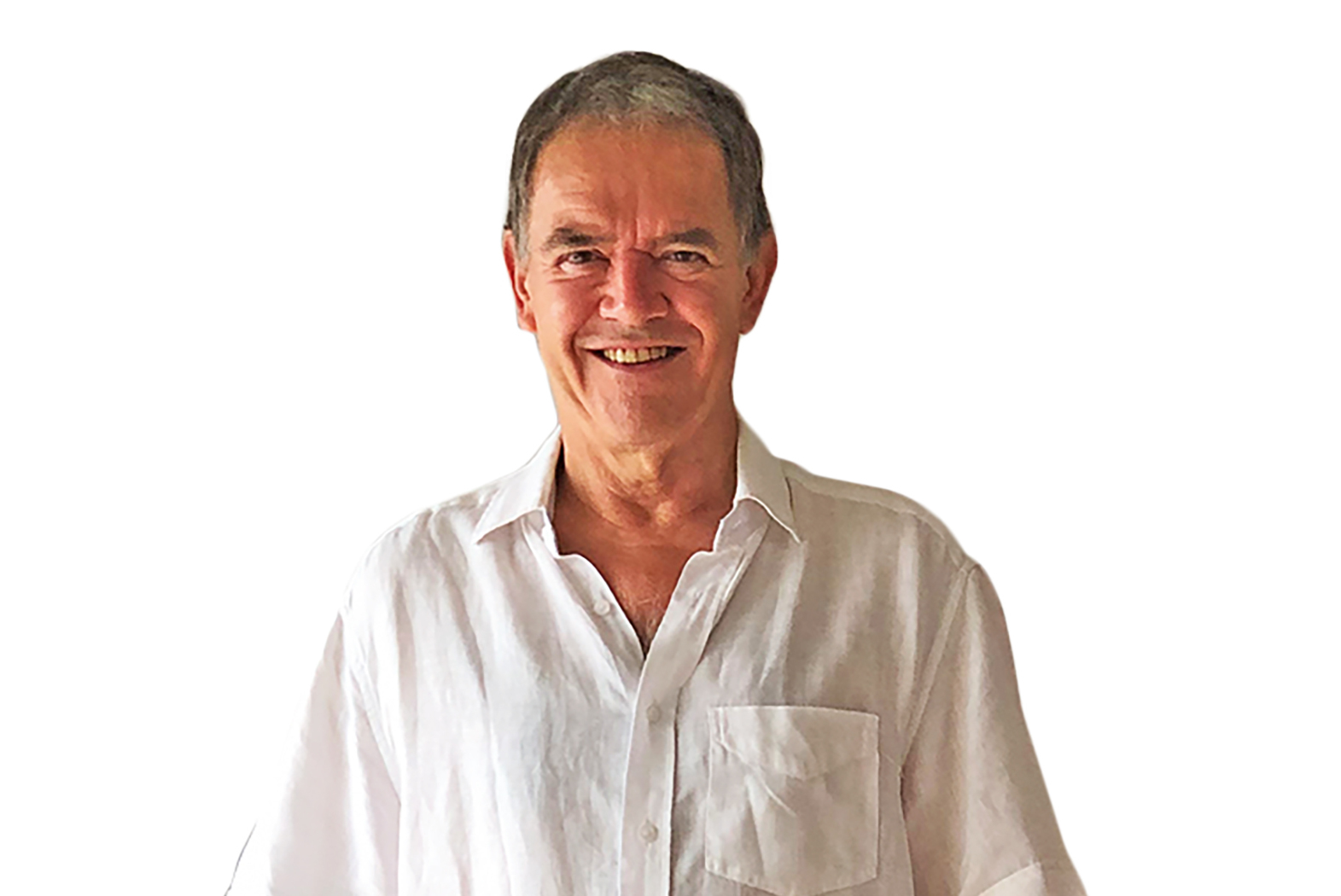By Mick Le Moignan
MAINLAND Australians describe Tasmania in much the same way as Jersey people speak of Guernsey: the attitude is a cross between condescension and derision, based on assumptions of insularity and inbreeding. In Tasmania’s case, these slurs are unfounded.
Maybe swayed by the bad press, I had only made one brief visit to the “Apple Isle” in the many years I have lived in Australia. After travelling halfway around the world, I didn’t want to end up in Guernsey – but, earlier this month, we took a family trip to Tasmania and found it full of surprising delights.
It’s a big island, comparable with Iceland, Ireland or Sri Lanka, about 570 times the size of Jersey, but with only five times the population, around 575,000. It’s south of South Africa and roughly parallel with the southernmost tip of Argentina, so it’s pretty chilly for most of the year, buffeted by the Roaring Forties, which give it some of the cleanest and purest air and water in the world.
Thanks to the ingenuity and hard work of those half a million people, it also has some of the best meat, fish, cheese, fruit, vegetables, wine, beer and spirits. Tasmania’s visitors are unanimous in reporting how well they ate and drank there. I can confirm that the island’s epicurean standards are at least on a par with Jersey’s.
Travellers are rewarded with a dizzying selection of specialist farm shops and vineyards, all offering “Cellar Door” tastings, chats with knowledgeable winemakers, souvenir shops and small in-house restaurants with tempting menus. The food is impressively fine, rather than fast. Only about half of Tasmania’s wine is exported, suggesting that locals and visitors probably drink more of it than their doctors would recommend.
Continuing on the culinary theme, Tasmania’s local lobsters (actually crayfish, since they lack those delicious main claws) are excellent and fished sustainably. The same goes for Tasmania’s oysters, mussels and scallops. Eating them beside the sea at the Lobster Shack, overlooking Bicheno’s windy harbour, near a beach frequented by Little Penguins, only adds to the enjoyment.
A personal favourite was Australia’s first Truffle Farm near the village of Deloraine – surely a venture that could and should be emulated in Jersey. Patience is required. It took five years from planting the first seeds to harvesting the first truffle in 1999. Tourists are invited to join the truffle hounds and search for the delicacies themselves, before enjoying fresh truffles grated onto a cheese pizza with some more of that irresistible Tassie wine.
Scenery is spectacular and varied, ranging from marine reserves and deserted beaches to Tasmania’s lakes and mountains and the magnificent wilderness of the Gordon and Franklin Rivers. The Tasmania Parks and Wildlife Service manages the state’s 19 national parks, three UNESCO World Heritage Areas and more than 800 other reserves on public land.
For purposes of preservation, visitors keep to the many well-made tracks, steps, pathways and boardwalks that snake through otherwise unspoiled bushland. The Tasmanian Wilderness WHA occupies 1.5 million hectares, over 20% of the island, and includes the majestic Gordon and Franklin Rivers.
Demonstrations against proposals in the 1970s and 80s to dam these rivers and lakes to generate hydroelectricity led to the formation of the world’s first Green Party, which is still a major force in Australian politics.
The Wilderness meets many of the criteria for WHA status, including “exceptional natural beauty”, “an outstanding example of ongoing geological processes” and “animals and plants of outstanding universal value still surviving”.
As casual visitors, we enjoyed some fairly strenuous walks and climbs and were rewarded by unforgettable sights, such as Mount Wellington’s incredible vistas over Hobart and the Derwent River, Cradle Mountain towering over Dove Lake and the perfect Wineglass Bay, seen from the “Field of Boulders” on the Freycinet Peninsula.
We had close encounters with some of the native animals at the Bonorong Wildlife Hospital, just outside Hobart. Sadly, the last Tasmanian Tiger died in captivity in 1932, but the population of Tasmanian Devils, despite being decimated by highly contagious facial tumours, is recovering well, both in captivity and in the wild.
We met two echidnas, one missing a leg and one almost blind, who will spend the rest of their expected 50-year lives being cared for by the devoted rangers at Bonorong.
We learned that Tasmanian wombats, so cuddly and affectionate for the first two years of their lives, then enter a “teenage” stage where they become grumpy, anti-social bullies, to the point of ejecting their own mothers from the family home and taking it for themselves.
For all the natural beauty, engaging critters and delicious wine and tucker, the one attraction that brings most visitors to Tassie is MONA, the Museum of Old and New Art, owned by the most remarkable Tasmanian of them all, David Walsh. He is, or has been, a highly successful professional gambler, mathematical genius, phenomenal art collector, businessman and philanthropist.
Walsh built MONA by tunnelling down into rocky, riverside ground just outside Hobart. The collection is vast and astonishing, by turns beautiful and bizarre but always thought-provoking. It ranges from a delicate masterpiece by Renoir to 76 life-sized plaster casts of female pudenda – fascinating in themselves but not as entertaining as the diverse reactions of unsuspecting visitors seeing them for the first time.
MONA is set in Walsh’s Morilla vineyard, surrounded by restaurants, bars and performance areas. I imagine what began as an extravagant philanthropic gift to the owner’s home island has become a lucrative business in its own right. As we left, we noticed a huge crane in the middle of many acres of building site, fenced off with signs reading: “Yes, David’s building something else. We’ve given up trying to stop him.”
Those in charge of Jersey’s tourism might learn a lot from a tour of Tasmania – but the top item on their wish list when they came home would be locating a Jerseyman with the vision, appetite for risk-taking and deep pockets of David Walsh.






